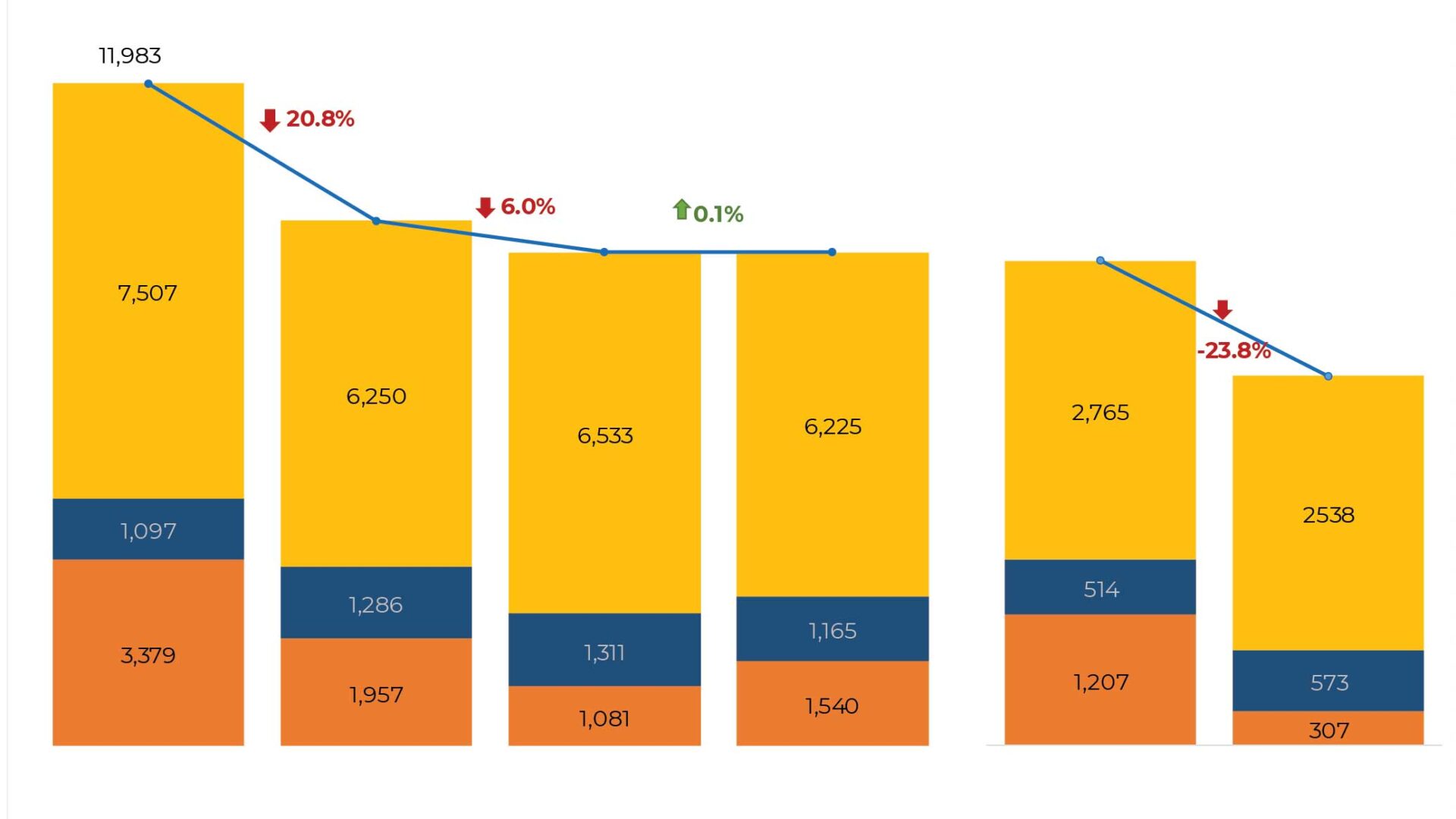Foreign direct investment (FDI) in the Philippines yielded positive results in the first half of 2025, but the net inflows dropped 23.8 percent from a year earlier, central bank data on Wednesday showed, with analysts seeing global uncertainty clouding investors’ outlook.
FDI in the six months to June fell to $3.4 billion from $4.5 billion a year earlier, the Bangko Sentral ng Pilipinas (BSP) reported.
In June alone, net inflows fell by 17.8 percent to $376 million, from $457 million in June last year as nonresidents’ net equity capital reversed to $57 million outflows from $85 million inflows, BSP data showed.
The decline was cushioned by a 36.7 percent increase in reinvested earnings to $128 million and a 9.3 percent rise in investment in debt instruments to $305 million, the BSP said.
Equity capital placements during the month came mainly from Japan, the United States, and South Korea, with investments largely going into manufacturing, real estate, and wholesale and retail trade.
Global headwinds
Michael Ricafort, chief economist at Rizal Commercial Banking Corp., said the slowdown indicated global headwinds, including US protectionist policies.
“The wait-and-see stance among investors is largely driven by President Trump’s higher US import tariffs and trade war measures, which could dampen global investment flows and weigh on Philippine FDIs,” he said.
Ricafort added that political noise at home, tensions in the West Philippine Sea, and wider geopolitical risks such as the Israel-Iran conflict also cloud investor sentiment. These uncertainties, he said, have kept some manufacturers and exporters cautious in expanding capacity or committing fresh capital.
Still, he noted that reforms have strengthened the country’s position in attracting foreign capital. The release of the CREATE MORE Law’s implementing rules in February and the new measure allowing 99-year land leases for foreign locators “narrowed the incentives gap with other Asean peers and could make investors more decisive in locating in the Philippines,” he said.
The CREATE MORE package includes lowering the corporate income tax for registered business enterprises to 20 percent from 25 percent, expanding VAT exemptions, requiring 50 percent onsite work for registered business enterprises, and allowing more electricity expenses to be deducted from taxable income as an indirect power subsidy.
Ricafort said these enhancements, combined with expected further interest rate cuts by the Fed and the BSP, could “reduce borrowing costs for new and expansion projects, making the country more attractive to foreign investors.”
Offsetting risks remain
He cautioned, however, that offsetting risks remain, particularly if Trump pursues more protectionist policies after his second inauguration in January 2026, as well as a possible escalation of trade tensions between the US and China.
Despite these headwinds, Ricafort said the Philippines’ large domestic market of more than 114 million people continues to serve as a structural draw for investors.





